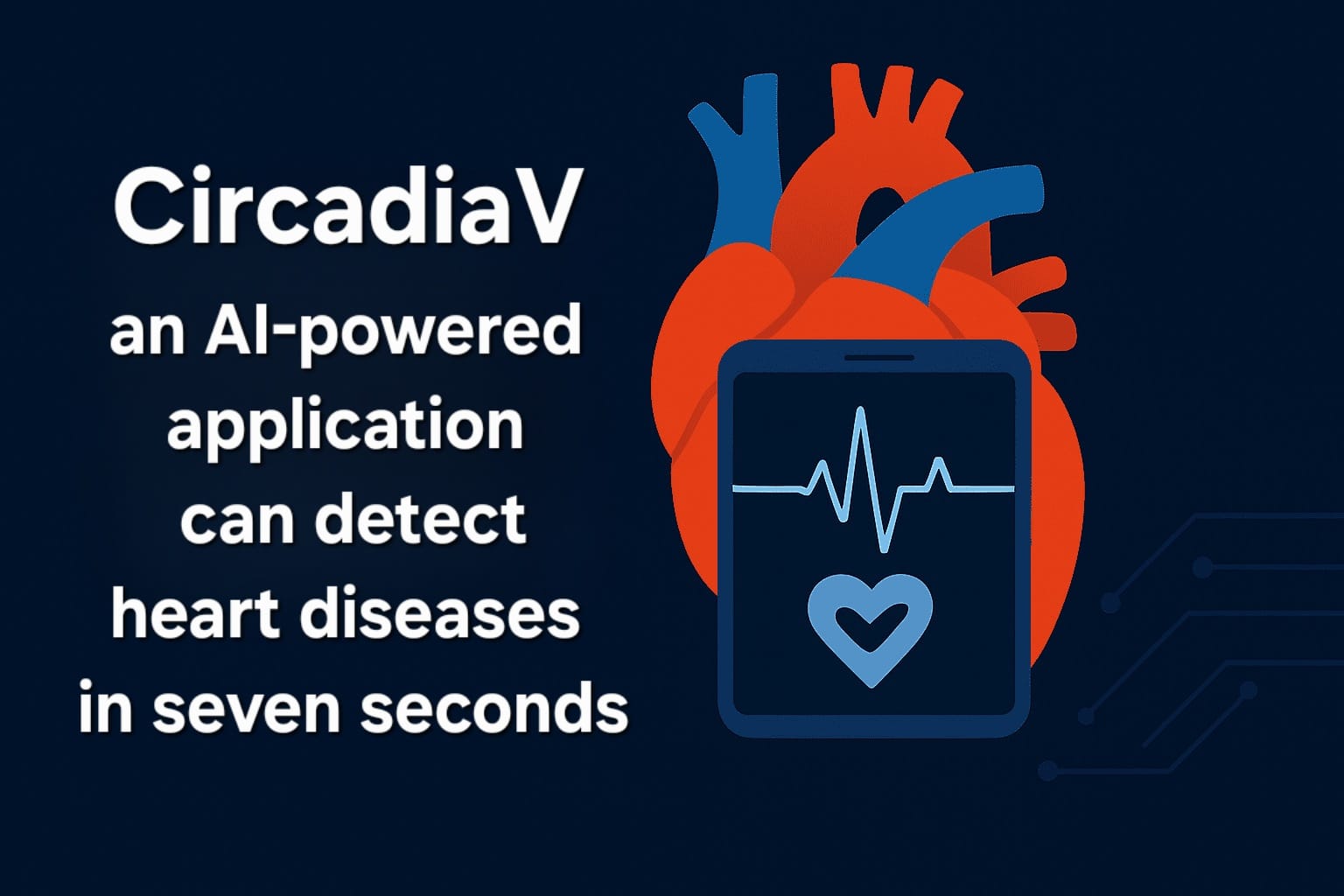The foods we eat provide many nutrients, which are divided into three main food groups: Carbohydrates, proteins and fats. These are called macronutrients. Vitamins and minerals are micronutrients. Many foods are a combination of protein, fat, and carbohydrates. A healthy diet must have appropriate amounts of protein, fats, and carbohydrates, all of which play an important role in the healthy growth and development of an individual. The best way to do this is to eat a variety of foods containing each of these three macronutrients.
Formula to find the exact carb
Number of grams of carbohydrates - number of grams of fiber - number of grams of sugar alcohols = available carbohydrates.
Managing diabetes in children
The most common type of diabetes in children is Type 1 diabetes. In type 1 diabetes, the pancreas does not make insulin. Insulin is a hormone that helps glucose get into your cells to give them energy. Without insulin, too much glucose stays in the blood. In type 2 diabetes, children or adults develop insulin resistance or there is decreased action of insulin. The rise in sedentary lifestyle and faulty eating habits in children is a cause of concern as this may increase their chances of type 2 diabetes.
Diet therapy, exercise and pharmacotherapy form an integral part of diabetes management. Managing diabetes in children is all the more challenging as this is the stage where the little ones are growing and developing and any compromises in nutrition could lead to deficiencies, malnutrition or delayed growth and development. Nutrition requirements in children are different from those in adults as they are in the growing stage. It becomes even more crucial to meet nutritional needs without compromising on blood sugar levels.
Carbohydrates - People with diabetes can eat all carbohydrates, including sugar and foods containing added sugar. It is important to consider all carbohydrates in diabetes meal plans. This is the only group that directly and immediately raises blood sugar levels. Carbohydrates are an essential source of energy. Some carbohydrate-containing foods cause the blood glucose level to rise rapidly; others have a more gradual effect. Eg – Rice, grain, cereals, potatoes.
Proteins - Protein does not directly raise the level of blood sugar. Proteins help with healing and tissue repair. Protein foods also provide essential vitamins and minerals. Eg – Meat, poultry, fish, egg, paneer, nuts, lentils, peanut butter, pulses.
Fats - Like protein, fats do not directly raise the level of blood sugar. Fats are an integral part of a well-balanced diet as they provide essential building blocks for growth and development. Eg – Red meat, oils, butter, milk.
Fiber - It should be a crucial part of the diet for diabetic children. It can be classified into soluble and insoluble fiber. Whole fruits, vegetables, whole grains and psyllium husk are some of the examples.

 Meals for diabetic children should be carefully planned considering their nutritional requirements and not compromising on their blood sugar level. The main aim of a meal should be satisfying appetite, promoting growth and development
Meals for diabetic children should be carefully planned considering their nutritional requirements and not compromising on their blood sugar level. The main aim of a meal should be satisfying appetite, promoting growth and development









.jpeg)


.jpg)






.jpeg)



.jpg)


.jpg)




.jpg)


